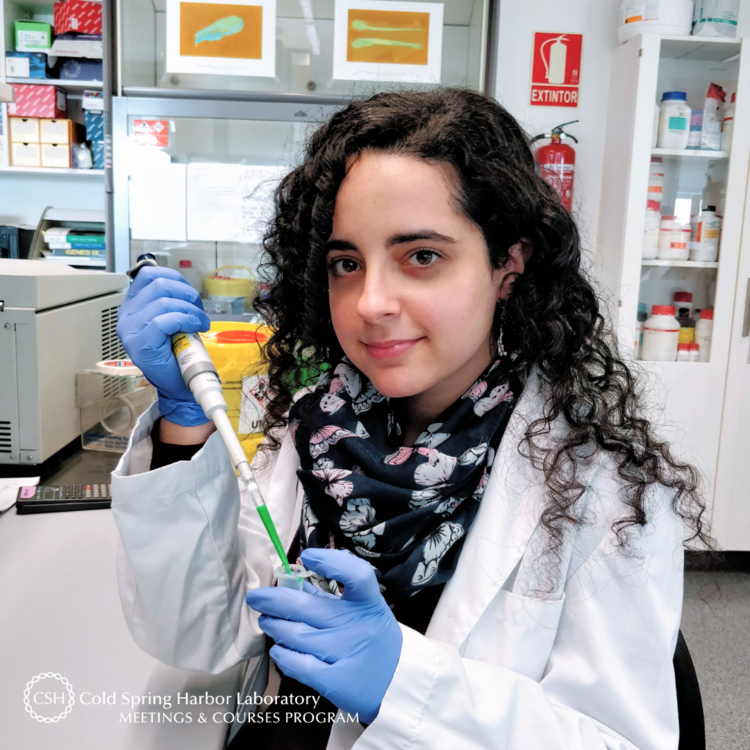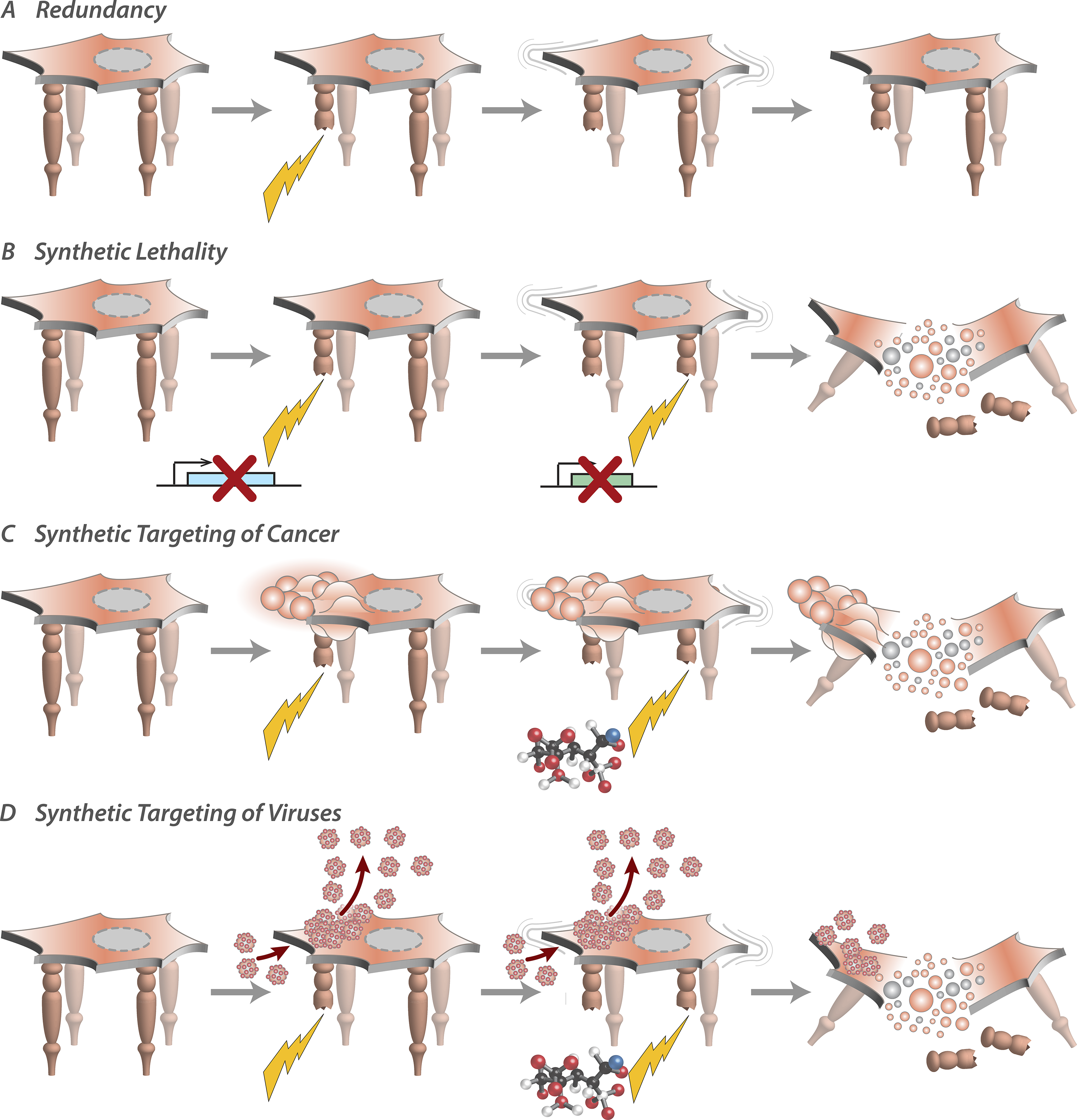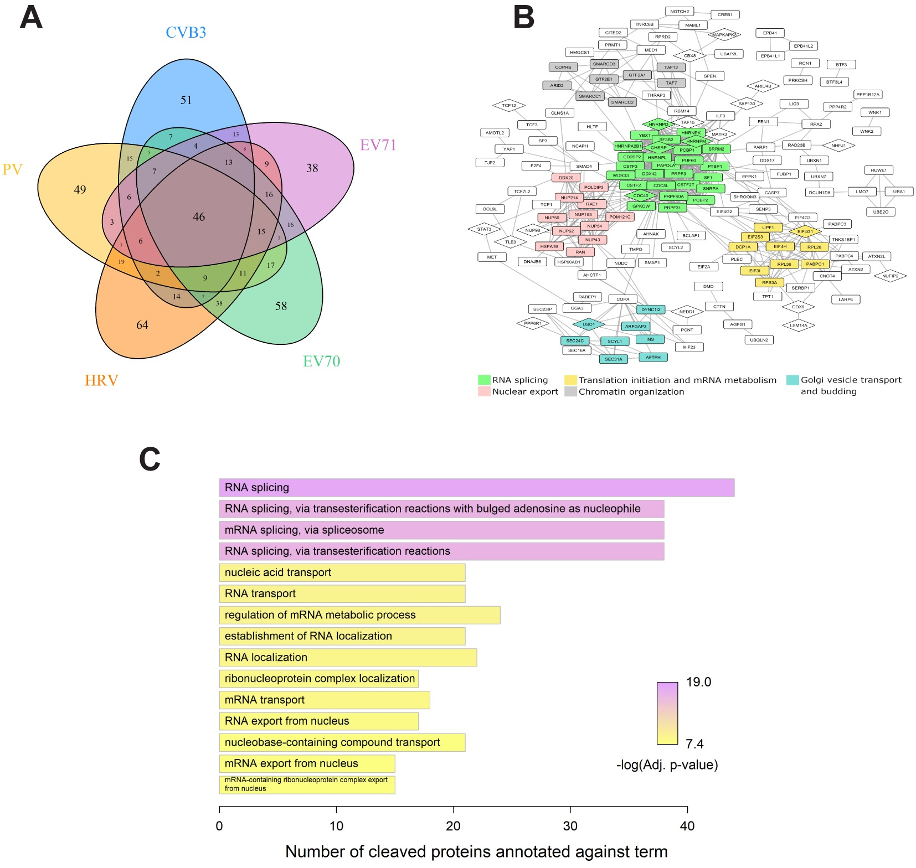Latest News from the NCDIR
NCDIR alumni in the news!
Our NCDIR 2019 fellow Maria Benitez Guijarro was recently featured as Cold Spring Harbor laboratory (CSHL) “Visitor of the week”.
Click on the link below to read more of Maria’s time at CSHL!

Research Spotlight – “Defining the proteolytic landscape during enterovirus infection”
In collaboration with Charles Rice’s lab at Rockefeller University, NCDIR researchers have contributed to a new study that illuminates how a class of viruses called enteroviruses disrupt the machinery of normal human host cells during infection.
Enteroviruses cause a number of human diseases including gastroenteritis, the common cold, hand-foot-and-mouth disease, acute hemorrhagic conjunctivitis, and skin rash. In this study, researchers identified which host proteins are broken apart, or “cleaved”, by proteins produced by enteroviruses. By disrupting proteins this way, these viruses remodel infected cells to avoid detection by the host’s immune system and create a favorable environment for replication. The researchers identified proteins commonly targeted across five different enteroviruses and were able to identify specific cell functions in which these proteins participate, providing valuable insight into which cellular processes are subverted or disrupted during infection. As the first global assessment of enterovirus protein cleavage in human cells, the study is the first of its kind and provides a valuable community resource for understanding enterovirus biology and for generating new approaches to combat enterovirus-related diseases.
Figure: Analysis of proteins broadly targeted by enteroviruses.
(A) Venn diagram showing the numbers of cleaved proteins common or unique to different viruses. (B) STRING interaction network of proteins targeted by at least two of the five enteroviruses as rendered in Cytoscape (disconnected nodes are not shown). Coloring indicates groups of five or more proteins identified as highly interconnected by the MCODE clustering algorithm. Most significantly enriched biological processes are summarized below the network. Cleaved proteins validated by western blot are shown in diamond shaped nodes. (C) Top 15 significantly enriched biological processes targeted by at least two of the five viruses.
Full citation and article access:
Saeed M, Kapell S, Hertz NT, Wu X, Bell K, et al. (2020) Defining the proteolytic landscape during enterovirus infection. PLOS Pathogens 16(9): e1008927. https://doi.org/10.1371/journal.ppat.1008927
Research Spotlight – NCDIR scientists propose new strategies for developing antiviral therapeutics to target SARS-CoV-2 and other viruses.
In a new Perspective published in the Journal of Cell Biology, scientists from the NCDIR propose several new strategies for developing antiviral therapeutics to target SARS-CoV-2 and other viruses. Drawing inspiration from a well-established molecular phenomenon whereby certain combinations of genetic alleles produce strong negative effects on cell viability, termed synthetic lethality, they propose several strategies for developing therapeutics that are specifically designed to induce synthetic lethality in virus-infected cells.
Analogous to how the legs of a table function to keep the table sturdy and capable of reliably holding objects on its surface, cells also have redundant systems that help maintain cell health. When viruses infect cells, they exploit this redundancy by hijacking host machinery to produce new virions. But like the precarious state of a wobbly table missing one leg, viruses weaken and remove redundancy in cells and induce specific vulnerabilities that could be exploited by therapeutic intervention. Such an approach has several advantages over traditional antiviral strategies as it would ensure specificity for viral-infected cells while simultaneously minimizing off-target effects and the emergence of drug resistance. Similar approaches have had success in the development of therapeutics for certain types of cancer, but until now, the concept has not been extended to infectious disease. You can read more about this exciting development here.

Figure 1. We use the analogy of a table being supported by four legs to illustrate the concept of synthetic lethality and its application to druggable targets. (A) Like the legs of a table, cells have redundant features that make them robust to perturbation. (B) When two legs of a table are removed, the table no longer can remain stable and collapses after removal of the second leg. Similarly, synthetic lethality in a cell occurs when two essential components of a redundant system are removed, causing cell death. (C) The principle of synthetic lethality has been used to develop drugs that target a redundant system of the cancer-causing genetic mutations. (D) Synthetic targeting of viruses is a variant of synthetic lethality, where drugs are designed to target systems redundant with host proteins co-opted to produce new virions and thus, cripple the host cell virus factory.

